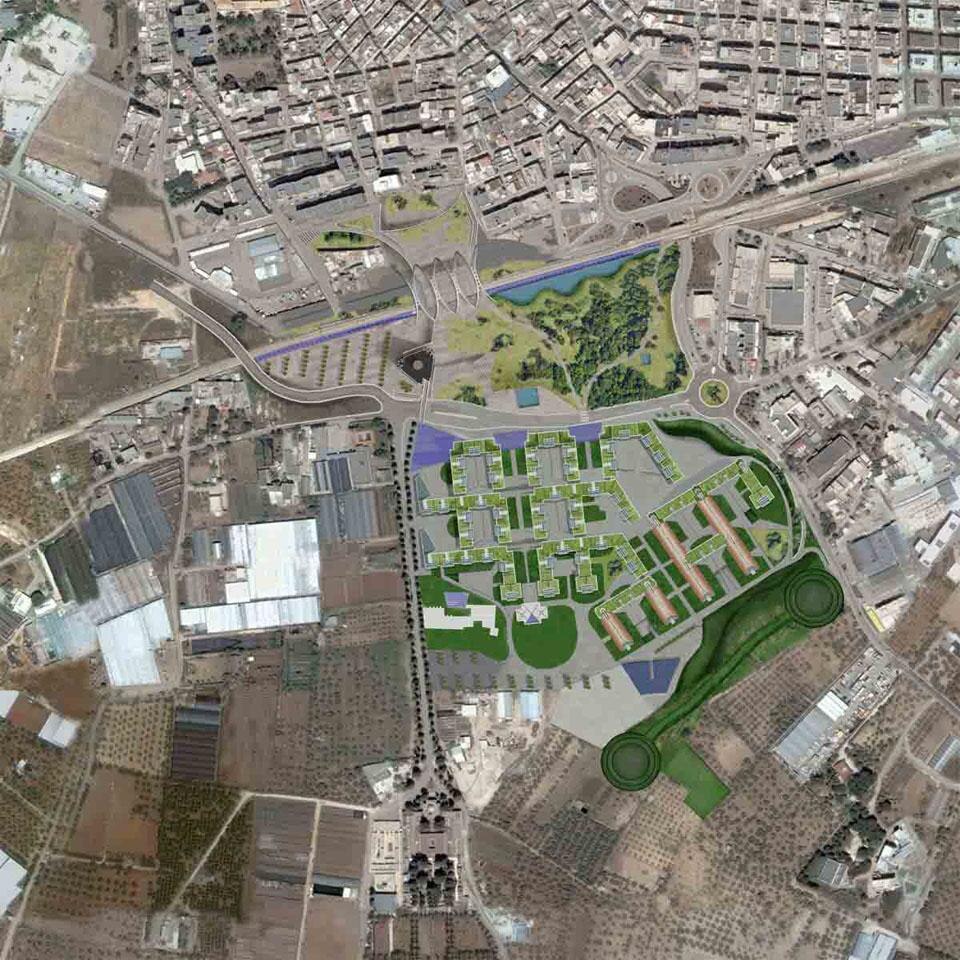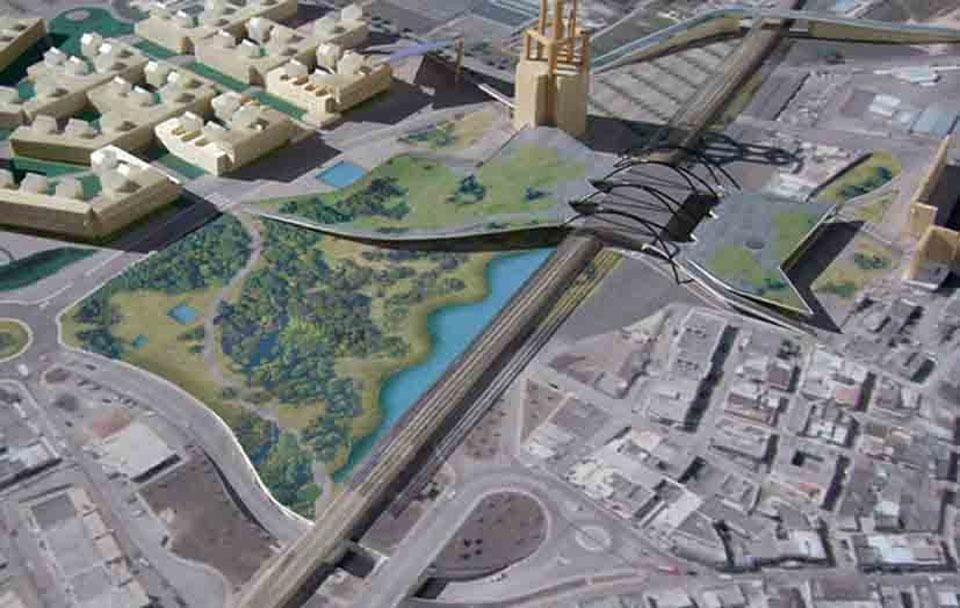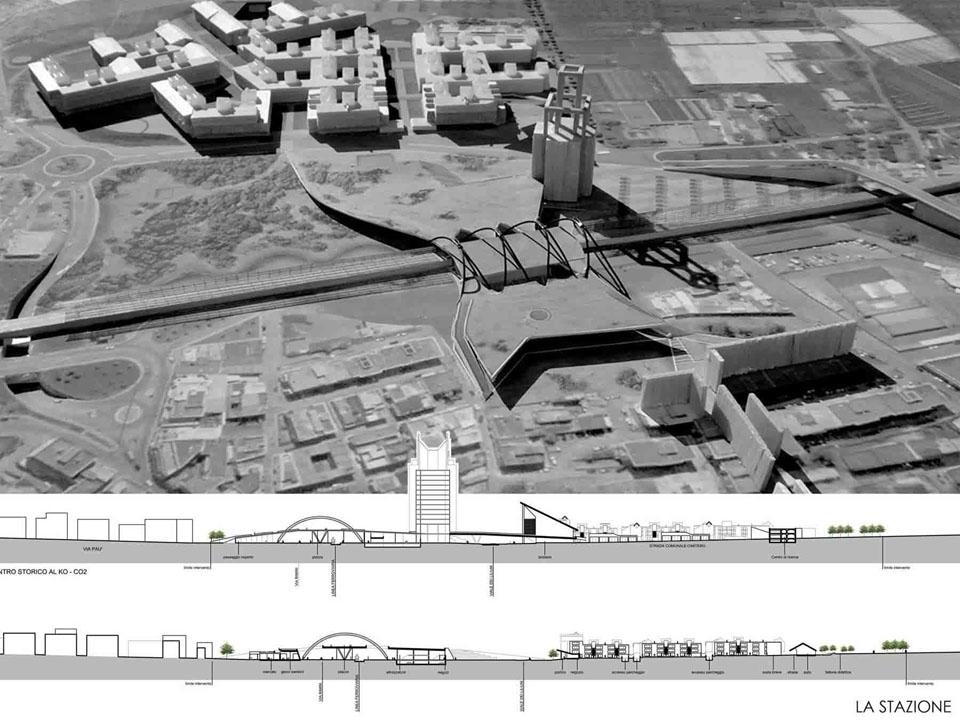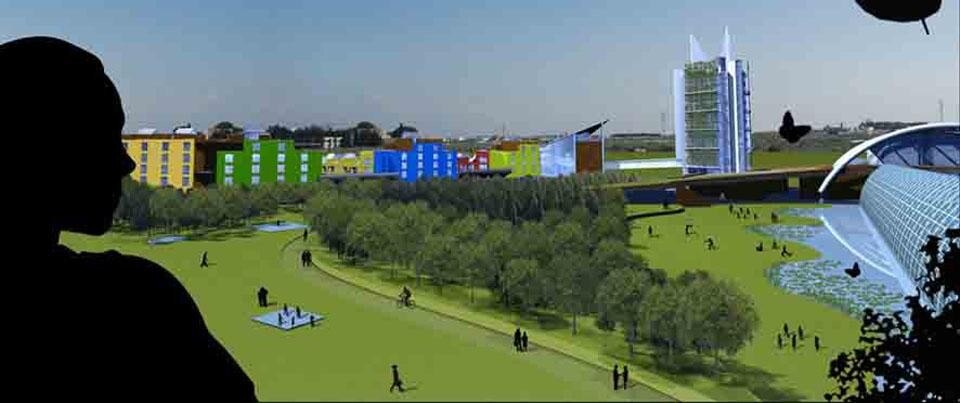From the food we eat to the heat that warms us to the light that illuminates our world to the means of transport by which we move, the forms of energy that we use determine the shape of the society in which we live in terms of both time and space. In our (post) industrial society based on massive extraction of fossil fuels, it is a nonrenewable energy source, whose conversion implies environmental costs with destabilizing effects on the global biosphere. In this sense, it is hard to doubt that our civilization is only a transitional phase because, unlike preceding civilizations, it cannot last for thousands of years because even if they were used in the most efficient way possible, fossil fuel energy supplies are limited and their costs are increasing along with environmental costs. This will force our descendants to return to harnessing solar energy or developing new energy sources.


The presence of a railway right on the edge of the area contiguous with the historical center was an ideal opportunity to build a raised plaza (covering a stretch of the railroad tracks and the new station) and, again along the railway, to locate a market and a park acoustically shielded from the railroad by a large photovoltaic wall, landmark for the neighborhood's energy choice in favor of renewable energy. The solar wall, in turn, is reflected in a lake having the potential capacity to naturally purify the neighborhood's water.

Beyond this service spine, ending with a tower crowned by micro wind turbines, is the built fabric itself, consisting in courtyard houses of varying heights, characterized by large solar greenhouses as well as by overall attention to bioclimatic principles maximizing the buildings' livability and energy performance (orientation, shadows, green roofs, vertical gardens, radiant panels, insulating glass, solar shading, solar chimneys, rainwater recovery; simple structures in sizes compatible with the interior spaces; recyclable, local, lightweight, breathable materials with low CO2 emissions; natural brick, wood, stone walls; wood, bamboo, rubber flooring; natural colors, non-toxic paints; cork, wool, coir, wood, felt wool insulation etc.) and the differentiation of dwelling types to support different users, in order to enrich the social fabric. Photovoltaic systems and heat pumps powered by geothermal energy should meet the needs for the buildings' electrical power and thermal cooling.



